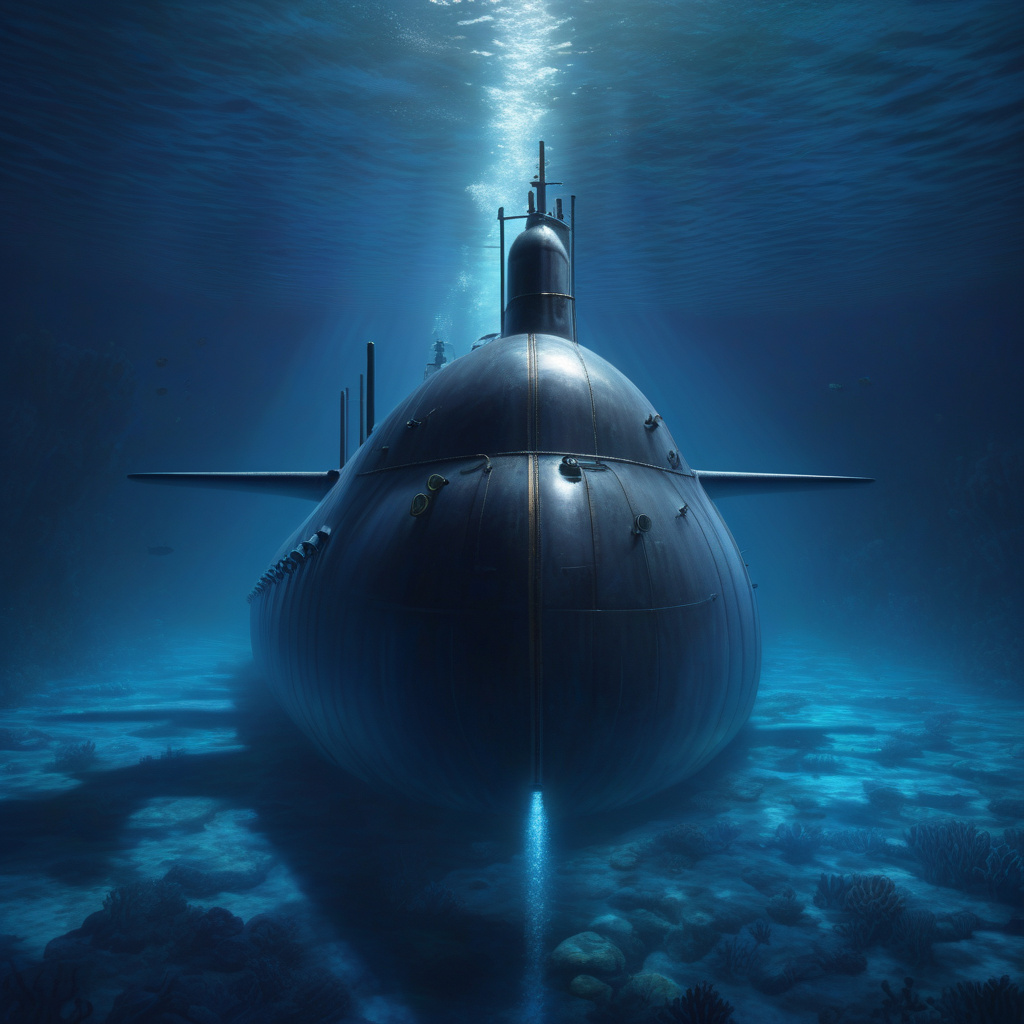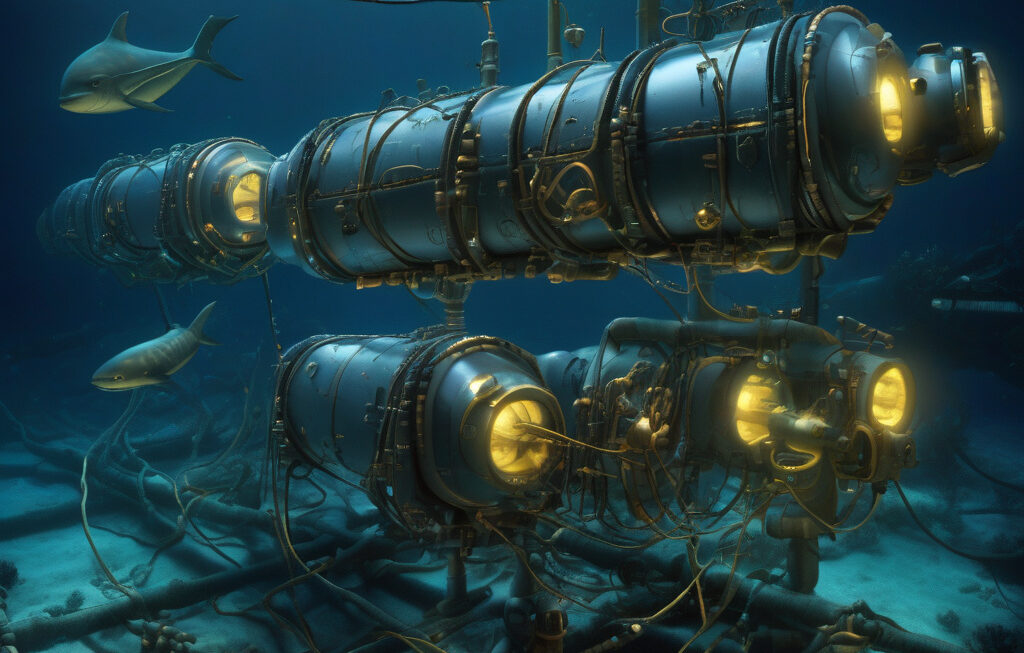China’s 11,000-Ton Nuclear Submarine Operates at a Depth of 400 Meters, Could Pose Threat
China’s details of one of the key nuclear vessels have been revealed for the first time, showcasing the country’s advancements in maritime technology and raising concerns about potential threats posed by its submarine capabilities. The 11,000-ton nuclear-powered submarine, known as Type 09IV, is equipped with state-of-the-art systems that allow it to operate at depths of up to 400 meters, making it a formidable force in the waters.
The unveiling of China’s nuclear submarine highlights the nation’s commitment to bolstering its naval power and expanding its maritime presence. With the ability to dive to significant depths, this submarine can effectively evade detection and surveillance, enabling it to conduct covert operations and potentially pose a threat to regional security and stability.
The advanced capabilities of China’s nuclear submarine underscore the country’s efforts to modernize its naval fleet and enhance its strategic deterrence capabilities. By investing in cutting-edge technologies and developing sophisticated naval assets, China aims to assert its dominance in the maritime domain and protect its national interests.
In recent years, China has significantly expanded its submarine fleet, deploying increasingly advanced and capable vessels that have the potential to challenge the naval supremacy of other countries in the region. The emergence of high-tech submarines like the Type 09IV poses a significant challenge to the existing maritime order and could potentially alter the balance of power in the Asia-Pacific region.
The operational depth of 400 meters achieved by China’s nuclear submarine demonstrates the country’s progress in developing advanced underwater capabilities. By operating at such depths, the submarine can effectively navigate challenging maritime environments and conduct a wide range of missions, including intelligence gathering, reconnaissance, and strategic deterrence.
The revelation of China’s 11,000-ton nuclear submarine has sparked concerns among regional powers and maritime security experts, who warn of the potential implications of Beijing’s growing submarine capabilities. As China continues to expand its naval presence and enhance its undersea warfare capabilities, the strategic landscape in the Indo-Pacific region is likely to undergo significant shifts.
In response to the growing assertiveness of China’s submarine fleet, neighboring countries are ramping up their own naval modernization efforts and strengthening regional security partnerships to counter potential threats. The development of robust anti-submarine warfare capabilities and enhanced maritime surveillance systems are becoming key priorities for countries seeking to safeguard their maritime interests.
As China’s 11,000-ton nuclear submarine emerges as a potent symbol of the country’s maritime ambitions, it serves as a stark reminder of the evolving dynamics of undersea warfare in the 21st century. The increasing sophistication and capabilities of naval assets pose complex challenges for regional security and necessitate a coordinated and collaborative approach to ensure stability and peace in the maritime domain.
In conclusion, China’s unveiling of its 11,000-ton nuclear submarine operating at a depth of 400 meters underscores the country’s growing prowess in undersea warfare and highlights the shifting dynamics of maritime power in the Asia-Pacific region. As countries navigate this new era of naval competition and strategic uncertainty, cooperation, transparency, and dialogue will be essential to mitigate risks and prevent potential conflicts.
China, submarine, nuclear, maritime, security












